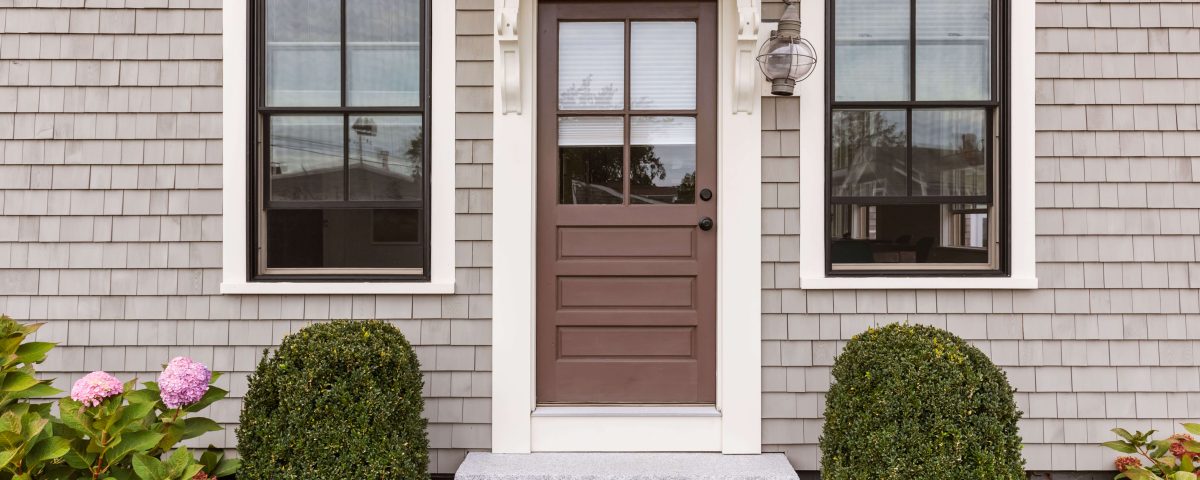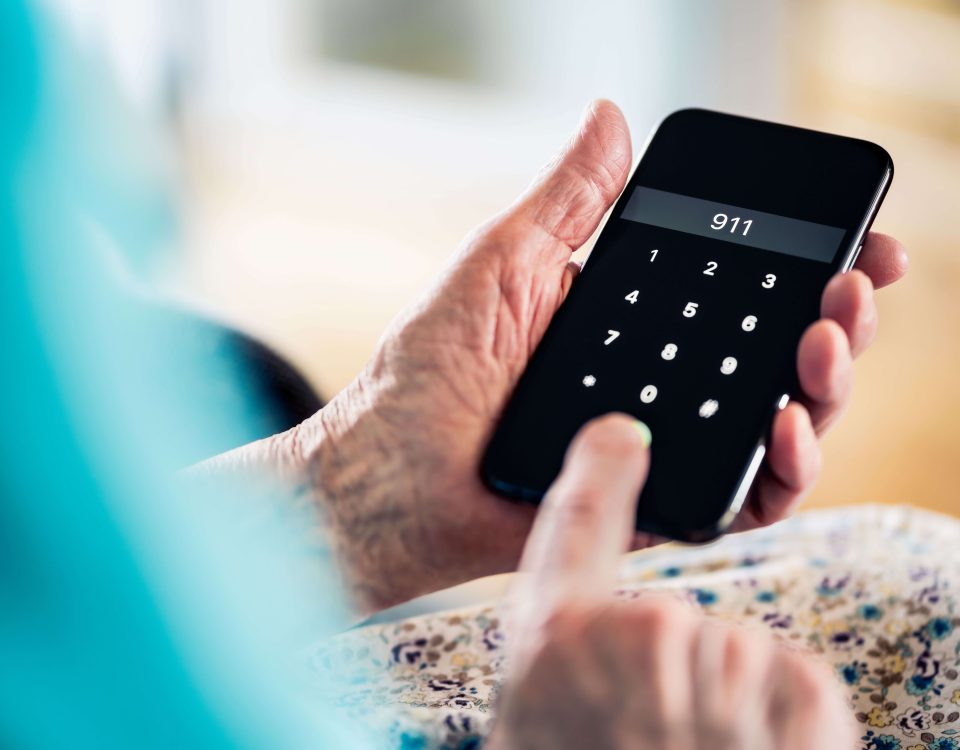- Have any questions?
- 412-123-4567
- noreply@upmc.com
Creating a Safe Home Environment for Someone at Risk of Suicide

If a loved one is having a mental health crisis, you may worry about suicide. How do you know if it's a real possibility? And how can you create a safe environment for someone who may be at risk for suicide? It's important to know that suicide is preventable, and there are many things you can do to help save a life.
The Centers for Disease Control and Prevention (CDC) reports that suicide is a leading cause of death in the United States, where one American dies from suicide every 11 minutes.
Factors that put individuals at a higher risk of suicide include:
- Chronic pain.
- Depression.
- Exposure to physical or sexual abuse.
- History of suicide attempts.
- Suicide affects people of all ages, genders, and races.
Warning Signs of Suicide
To help someone who is at-risk for suicide, it is critical to recognize the warning signs:
- Threatening to or talking about wanting to hurt or kill oneself.
- Looking for ways to kill oneself by seeking access to firearms, available pills, or other dangerous means.
- Talking, writing, or looking up on the internet about death, dying, or suicide when these actions are out of the ordinary for the person or if the person has previously thought about or talked about wanting to die or suicide.
- Feeling hopeless.
- Feeling rage or uncontrolled anger or seeking revenge.
- Acting reckless or engaging in risky activities — seemingly without thinking.
- Feeling trapped — like there's no way out.
- Increasing alcohol or drug use.
- Withdrawing from friends, family, and society.
- Feeling anxious, agitated, or unable to sleep or sleeping all the time.
- Experiencing dramatic mood changes.
- Seeing no reason for living or having no sense of purpose in life.
- Giving away possessions.
- Saying concerning statements such as: “I just can't take it anymore" ; “All of my problems will end soon" ; “No one can do anything to help me now."
How to Safeguard Your Home from Suicide
Aside from connecting an at-risk individual to professional help, there are also steps you can take at home to help keep them safe.
Remove or lock up firearms
Most suicide deaths are caused by firearms. If there are any firearms in the house, it's best to remove them. Ask a trusted friend or family member if they can store them at their home.
If you can't remove firearms for any reason, you need to keep them:
- Locked securely in a gun safe or lock box. A lock with a combination is safer than one with a key.
- Secured with a trigger or cable lock.
- Separate from ammunition.
- Unloaded.
Keep medications in a safe place
Prescription medications and over-the-counter (OTC) drugs can pose a danger to someone having suicidal thoughts or actions. You should:
- Dispose of unused medications to reduce the amount of drugs you have on hand.
- Lock up any prescription medicines — prescription and OTC. Limit who has access to the key or passcode.
- Keep track of all bottles of medication as well as how many pills are in each one. Consider removing or locking up other potentially lethal items, such as:
- Alcohol.
- Antifreeze.
- Household cleaners or other potentially poisonous substances.
- Illegal drugs.
- Inhalants.
- Knives, razors, or other weapons.
- Ropes, belts, or plastic bags.
Open the lines of communication
It may not be easy to ask a loved one if they are thinking about suicide, but it's important to start the conversation.
Acknowledging and talking about suicidal thoughts may reduce the likelihood that someone will carry through. You should:
- Ask them directly: “Are you thinking about killing yourself?" (It won't make them more likely to act on it).
- Be on the lookout for changes in mood and behavior.
- Call 988 (see below) for support in a crisis situation. Talk about the crisis number with your loved one and make sure they know how to access it.
- Know the warning signs of suicide.
Call 988 if you or a loved one are in distress and thinking about suicide. The 988 Suicide and Crisis Lifeline (previously the National Suicide Prevention Lifeline) is a national network of more than 200 crisis centers.
The 988 Suicide and Crisis Lifeline offers trained crisis counselors 24/7. They can help people experiencing mental health-related distress, including thoughts of suicide or any other kind of emotional distress.
Suicide prevention hotlines include:
Suicide & Crisis Lifeline (formerly National Suicide Prevention Lifeline): Call 988 or chat online at 988Lifeline.org. Services are also available in Spanish at 1-888-628-9454 and for those who are deaf or hard of hearing through online chat and text telephone (TTY).
Crisis Text Line: Text HOME to 741741 or chat online.
Veterans Crisis Line: Call 1-800-273-8255 and press 1.



